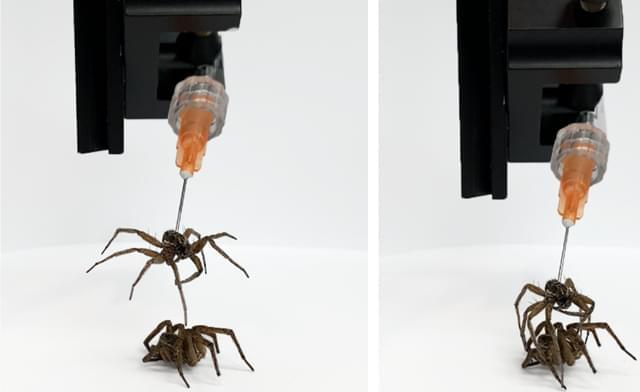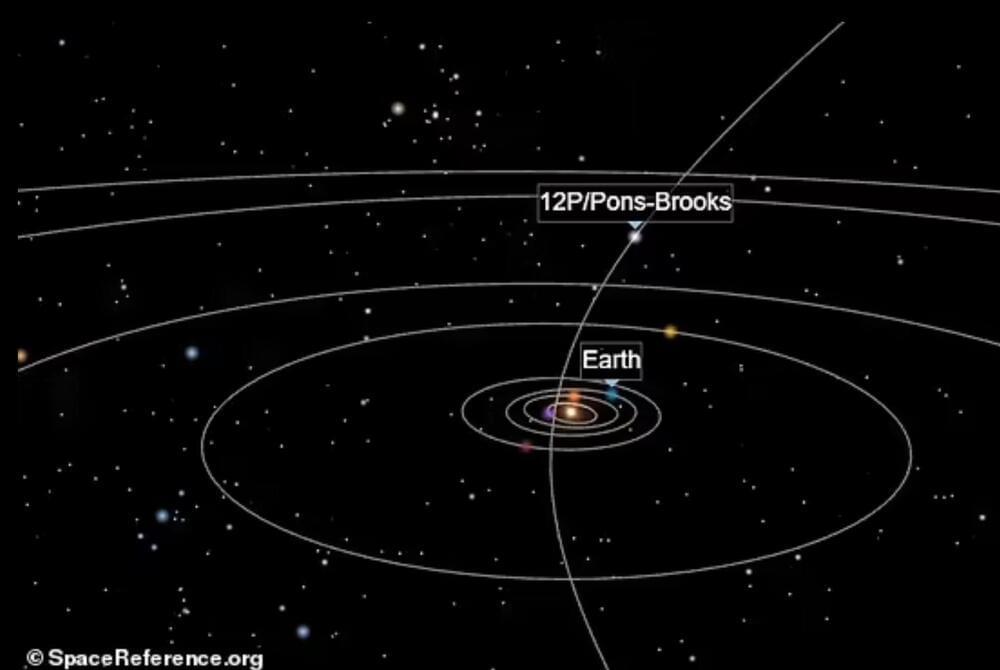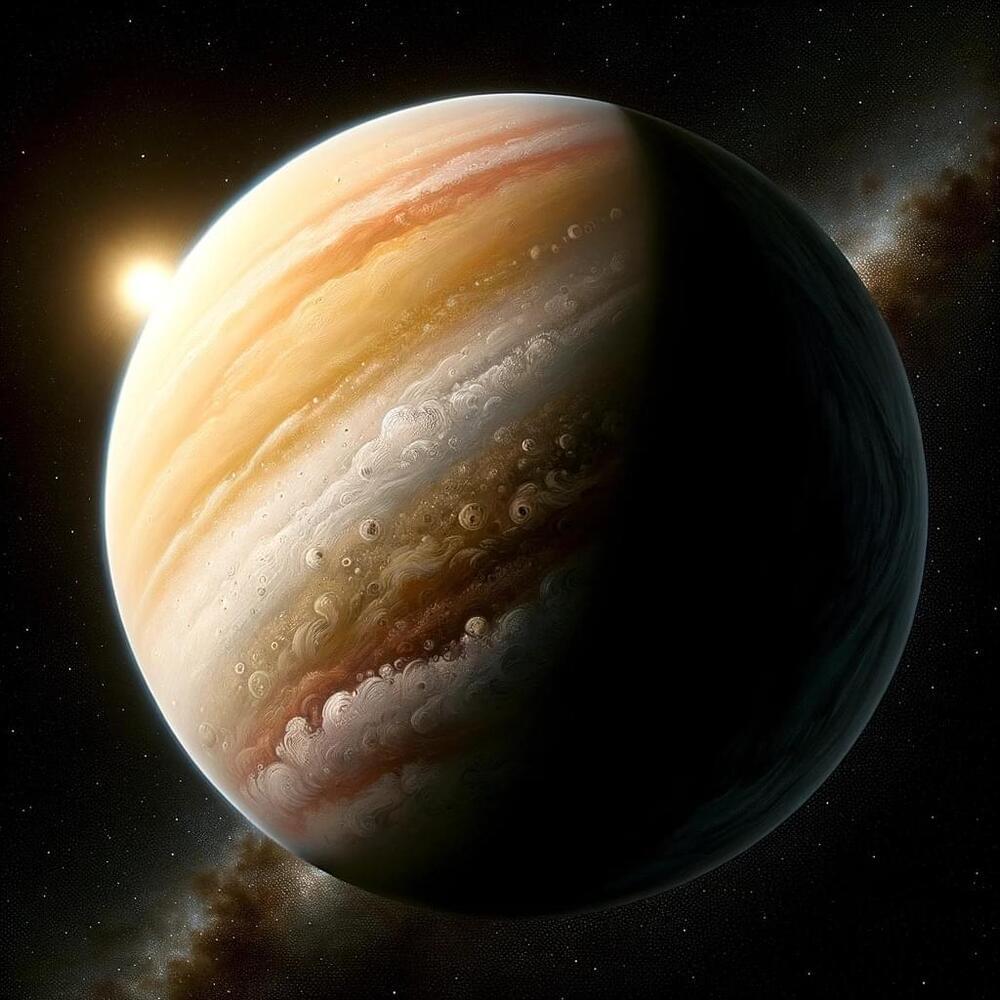Oct 20, 2023
Depression linked to increased frontal brain activity during memory tasks, finds new research
Posted by Genevieve Klien in category: neuroscience
A recent study in Psychiatry Research: Neuroimaging revealed that individuals with high depression scores show increased activity in frontal brain regions during visuospatial memory tasks, despite similar behavioral performance to those with low depression scores. Researchers concluded that the heightened brain activity might represent a compensatory effort…

















